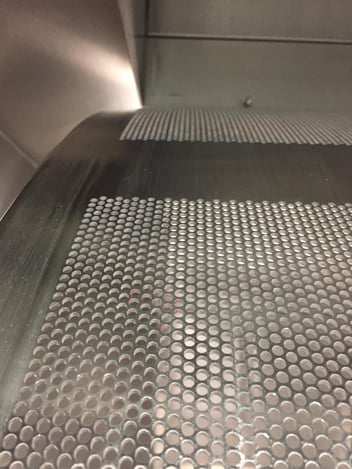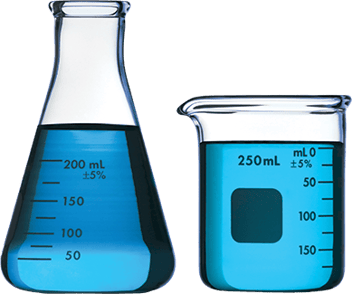How to Determine Which Detergent Will Work Best for Your Soil
Educating yourself and searching for the cleaning agent that will work best for your soil takes time and commitment.
With so many products out on the market — and everyone telling you their product is the best — how can you, the consumer, really tell?
Let’s look at some factors that may help in your selection of a cleaning partner and/or cleaning agent.
More customized cleaner: research and options
Companies may have told you, “We have one option, it should work — try it out and let us know.”
Next thing you know, the cleaning agent isn’t giving you the results you want. On top of that, with little guidance, you don’t know where to go next. You reach back out to the company, which might say something like, “Well, we thought it would work and that is what we have available.”
If they only think it would work, that probably means they have never actually researched and tested it for your market or product.
Find someone who’s chosen to test their products independently to gain knowledge for your key market. Furthermore, you’ll want to go with a company that has two or three options for you to try. That way, they can narrow down which offering works best for your process and capabilities.
Product Suspension
One way to gauge how effective products are compared to one another is to evaluate how well they suspend your product.
When a mixture is suspended, it means the particles are dispersed throughout your solution. The more effective a detergent is in suspending particles, the easier it will be to remove soil from equipment and also keep it from re-depositing onto other surfaces, causing the need for extended cleaning cycles.
If you are using an ineffective detergent, you may see less of the bulk soil being removed or staying in solution and the need for multiple cleanings. The best way to demonstrate this is with a detergent screening. Multiple detergents are chosen for evaluation based on the type of residue or ingredients in the formulation where the detergent may be able to assist in removal. Below are examples showing how a cleaning agent designed for a certain soil suspends the residue versus one not designed for the soil that may not hold soil as well.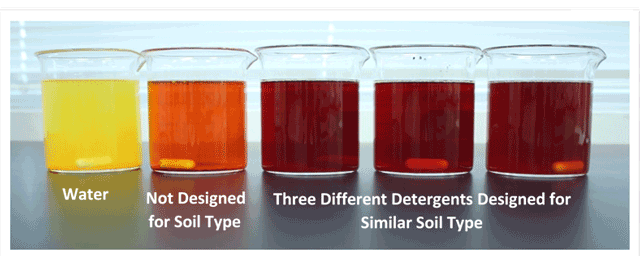 Now, while solution color is not the main factor in how well a detergent suspends a soil, in this example, it can be an indicator of which may be the best choices to continue further trials.
Now, while solution color is not the main factor in how well a detergent suspends a soil, in this example, it can be an indicator of which may be the best choices to continue further trials.
At the end of the day, the best way to evaluate whether a soil was suspended well is based on how well it was cleaned off a surface.
Undissolved Particulate
An effective cleaning agent should break down your soil fully and avoid any particulate. Some products may have some ingredients that never go into solution, while other products will be fully suspended. Some products have certain ingredients that are not soluble in a cleaning agent, while other ingredients are.
What some may look for is which cleaning agent solubilizes most of your soil’s ingredients. Now, particulate in your solution may not always be a bad thing; even though it’s there, that means it’s off your equipment. That gives it a higher chance to be rinsed away and out of your equipment instead of staying where it started.
However, particulate left behind in cleaning solutions can indicate a few key points:
- Some ingredients may not be soluble in that solution
- The detergent isn’t the most effective choice for the product
- The solution is overloaded with product and may need to be refreshed
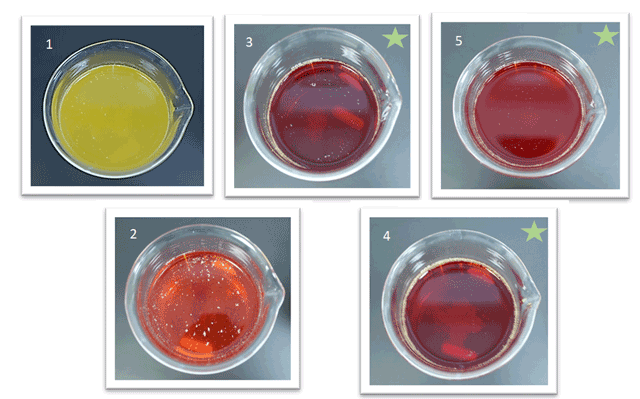
For the above, there is less particulate in the three beakers with cleaning agents designed for the soil type. These results can also be an indicator, like suspension, of where to head next when testing.
Cleanability
What is the most effective way to tell if a detergent is for you?
Test it on a similar surface and under similar parameters as your large-scale process.
In Dober’s Chematic Division, we would perform a Customer Cleaning Evaluation (CCE) that replicates the current cleaning process and follow our TACT parameters (time, action, chemistry, temperature). Similar testing can be performed at any facility with a beaker, hot plate, and patience.
When testing cleanability, it is important to not only look at if a coupon was clean, but also the other areas listed above. The reason it is always good to keep suspension and particulate in mind is because more than one cleaner may work. The goal is to find the option that cleans effectively, while saving time, which in turn saves more and increases production.

The above pictures illustrate a couple of key points. Picture A is an example of a soiled coupon before the cleaning process. The soil method for coupons will depend on the soil and the process in which they are applied. For this method, the soil was rubbed into the surface of the metal as you might see in ribbon and/or V blenders, buckets, bins, or encapsulations. Pictures B and C show one way that you can observe an ineffective cleaning of this soil. These can be haze or pigments left behind or, in the case of C, a water break (which indicates hydrophobic residue). This ineffective cleaning can be caused by using the incorrect cleaning agent or incorrect TACT parameters.
If we look at the three cleaning agents that are currently showing better suspension and less particulate from the previous sections, we can now test those and observe how well they clean.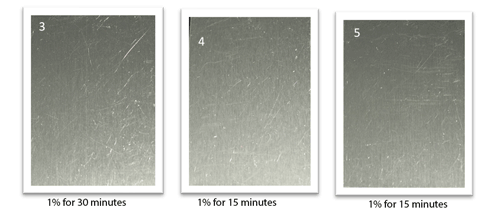 For this example, all cleaning agents that were designed to clean this soil type effectively cleaned the soil. However, it is not always the case that all of the designed detergents will work. So, to make the decision, we look at which parameters were used in order to clean the coupons. While all were effective in this case at the same cleaning concentration, through testing it was observed that coupons from detergent solution beakers 4 and 5 were able to be cleaned in less time than detergent solution in beaker 3. From this, cleaning agents in 4 and 5 would be recommended to be trialed first.
For this example, all cleaning agents that were designed to clean this soil type effectively cleaned the soil. However, it is not always the case that all of the designed detergents will work. So, to make the decision, we look at which parameters were used in order to clean the coupons. While all were effective in this case at the same cleaning concentration, through testing it was observed that coupons from detergent solution beakers 4 and 5 were able to be cleaned in less time than detergent solution in beaker 3. From this, cleaning agents in 4 and 5 would be recommended to be trialed first.
If we look through the signs explained here, we can see that not only did the products designed for this soil suspend the soil more effectively, but they also had less particulate. To validate the end choice further, solutions 4 and 5 had less particulate than solution 3, and those two ended up being more effective in cleaning.
Now that you've learned a little about how to pick the best cleaning agent for your soil, you might want the opportunity to try a sample. If you're interested in sampling Dober's cleaning agents, reach out to us below. Even if you aren't sure which product you'd like a sample of, the Dober team can help point you in the right direction.


